There are plenty of reasons why you might be wondering how much electricity a fan uses. Among these are (1) you like to have it running in your bedroom during the hot summer months, (2) you want to reduce your air conditioning costs, or (3) you’re having trouble figuring out how to split your electricity bill between landlord and tenant.
Whether you fall into one of these categories or your situation is something else entirely, it can be useful to know how to calculate the energy consumption of your various appliances. The usage of any fan you use can be calculated in the same way, so we’ll explain how to do it so you’ll be informed in the future.
Why Use a Fan
It’s nearly second nature to reach for a folder or a piece of paper to fan yourself off when you’re hot. It’s no mystery that moving air around makes us feel cooler. But surprisingly, having an electric fan doesn’t actually make the temperature of the room cooler. It just makes it feel like it.
Temperature is determined by the molecular properties of the air, so moving it around doesn’t change its most basic composition. It only fools your body into thinking that. Think about it like the wind chill outside in the winter.
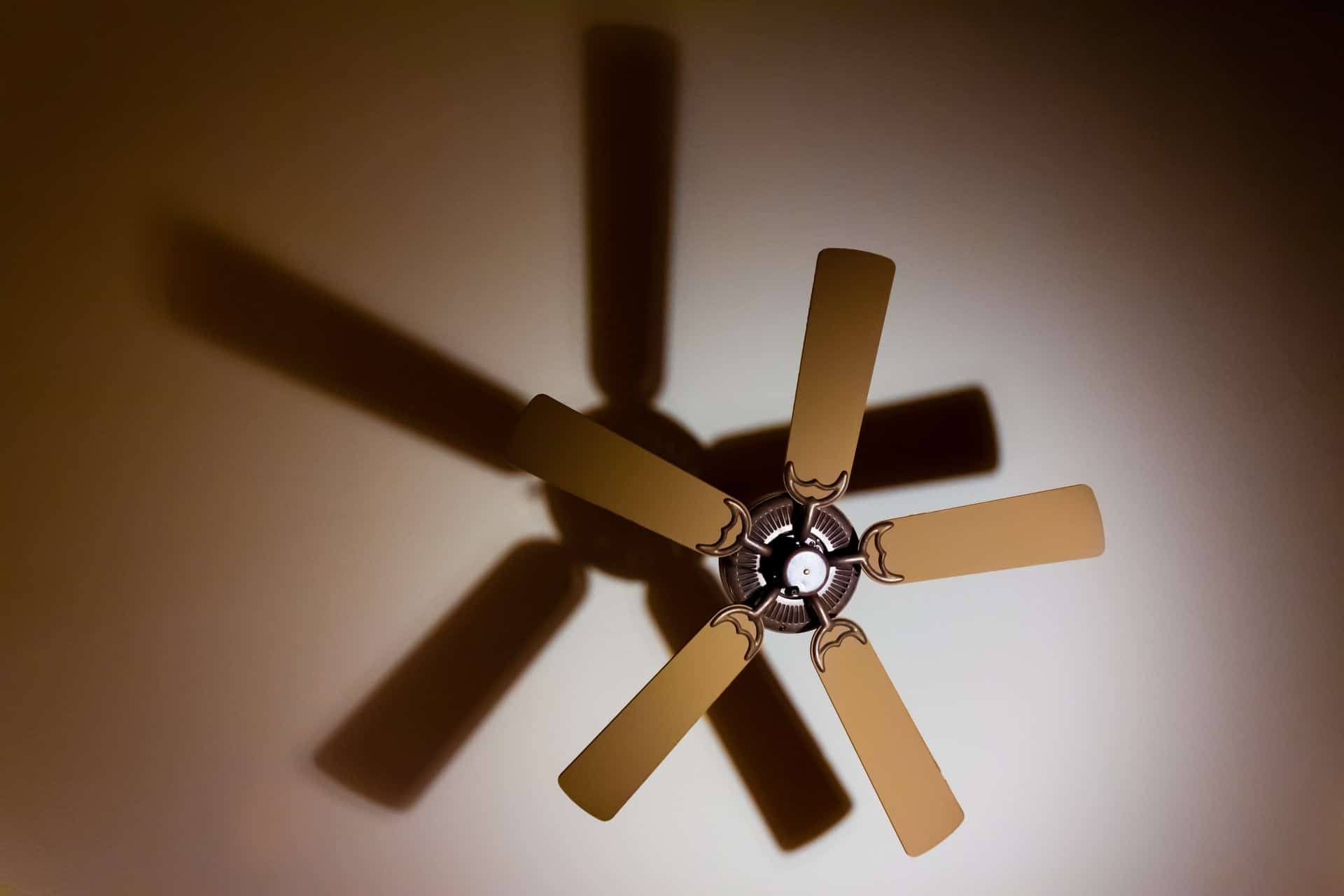
When it’s cold outside and the wind is blowing, it feels a lot colder than when the air is still. Having a fan blowing on a hot day has the same effect. Moving air helps your body cool off. Humans eliminate heat by sweating, which is necessary for thermoregulation.
The process includes conduction, radiation, convection, and evaporation. A fan helps with these last two components. If the air is still, evaporation brings the area around your skin up to your body’s temperature, and it will also reach 100% humidity.
A fan replaces this hot and humid air with cooler, drier air and allows evaporation to happen faster. Even if you’re not sweating, your body loses heat by convection, so if your internal body temperature is higher than the surrounding air, a transfer of heat occurs, making the air in the room hotter.
If the air is motionless, this creates an area of hot air around your body. But a fan will move the hot air away, cooling you off faster. A fan can displace warmer air, making you feel cooler if it doesn’t actually make the room itself cooler.
Fan Power Usage
Whether you’re thinking about using the ceiling fan that’s already in your home or you’ve purchased a fan from the store, they come in handy. They circulate air, help keep you cool, and even have a lot of extra features.

Ceiling fans are four-season fans because they can turn clockwise or counterclockwise, depending on whether you want to be warmer or cooler. Box fans, tower fans, and other stand-alone fans have extras like remote controls, timers, and various fan settings that make them easy to use.
Some of the benefits to having a stand-alone fan include:
- Affordable
- Effective at circulating air
- Easy to maintain
- Take up minimal space
- Portable
If you’re already convinced you to need one, you should be. The question of energy usage still remains, but it’s easy to calculate and they don’t use much.
Wattage
Start by finding the wattage of your fan. This will help you figure out its energy consumption. It should be listed on the fan itself, but should also be on the box it came in. Most fans run between 50-100 watts, but some larger fans may run at 200.
Motor, size, speed, and blades all factor into how much wattage it uses. If you’re running the fan on the lowest speed, it won’t use as much power as it will on the highest speed. However, for the purpose of calculating how much it will cost you to run it, it’s best to overestimate.
If you can’t find the wattage, you can search for your fan’s model online or check the manufacturer’s website. When the wattage isn’t available, you can use other information to calculate it yourself.
Wattage = volts x amperes. Simply find the amperage output of your fan and multiply it by the voltage it uses.
The math
The calculation used to determine how much it will cost to run your fan will give you an estimate. It won’t be exactly right, but it will give you a ballpark. There are other factors that can increase or decrease your usage over a period of time.
You’ll need to know the kilowatts per hour of your fan, how long you’re running it per day, and the cost of one kilowatt per hour of electricity in your area in order to do the math.
Finding the kWh
This calculation is easy. You’ve already found the wattage of your fan, so divide that by 1000 to get the number of kilowatts it uses per hour. If you have a 100-watt fan, it will run at 0.1 kWh.
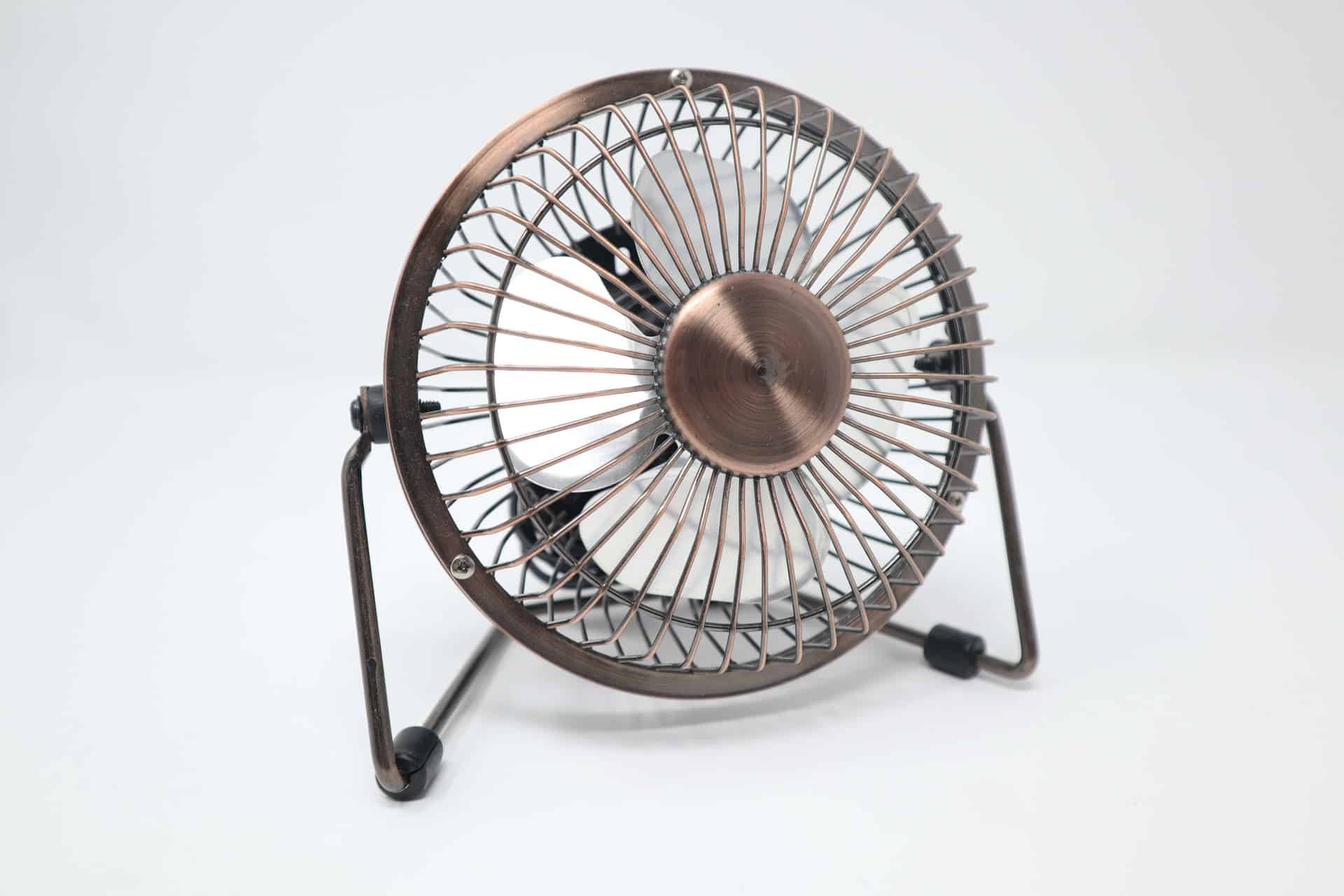
To determine how much it costs to run per hour, simply multiply that number by how much a kWh costs in your area. You should be able to find this on your electricity bill or contact your electric company and ask.
Let’s say a kWh in your area costs $0.10. That means your fan will cost $0.01 per hour, because $0.10 x 0.1 kWh = $0.01.
With this number, you can determine how much it will add to your monthly bill based on how many hours per day you run the fan. Even if you’re running the fan 24 hours per day, it will only add $7.20 to your bill.
Fans vs Air Conditioners
Is it worth the extra cost of running a fan all the time in order to reduce the cost of using your air conditioner? It depends on several different factors, but for starters, your fan is using anywhere from 50 to 200 watts, and most air conditioners use 750-3500.
Air conditioners have to do a lot more work to cool the air temperature in a home whereas a fan simply recirculates the air and can give you some relief from the heat. Fans can also wick moisture away and activate your body’s natural cooling ability.
Based on the simple calculation we did earlier, you can calculate how much your air conditioner costs to run and determine how much you’d have to decrease that usage to save money.
Raising your thermostat by just 1-2 degrees can end up saving you a lot of money because your air conditioner won’t have to work as hard. Replacing it with a fan during the hours when it’s the hottest may be worth looking into.
Types of Fans
If you’re considering using a fan, you have a lot of options. There are many different types of fans, and they all have their advantages and disadvantages.
Ceiling fans
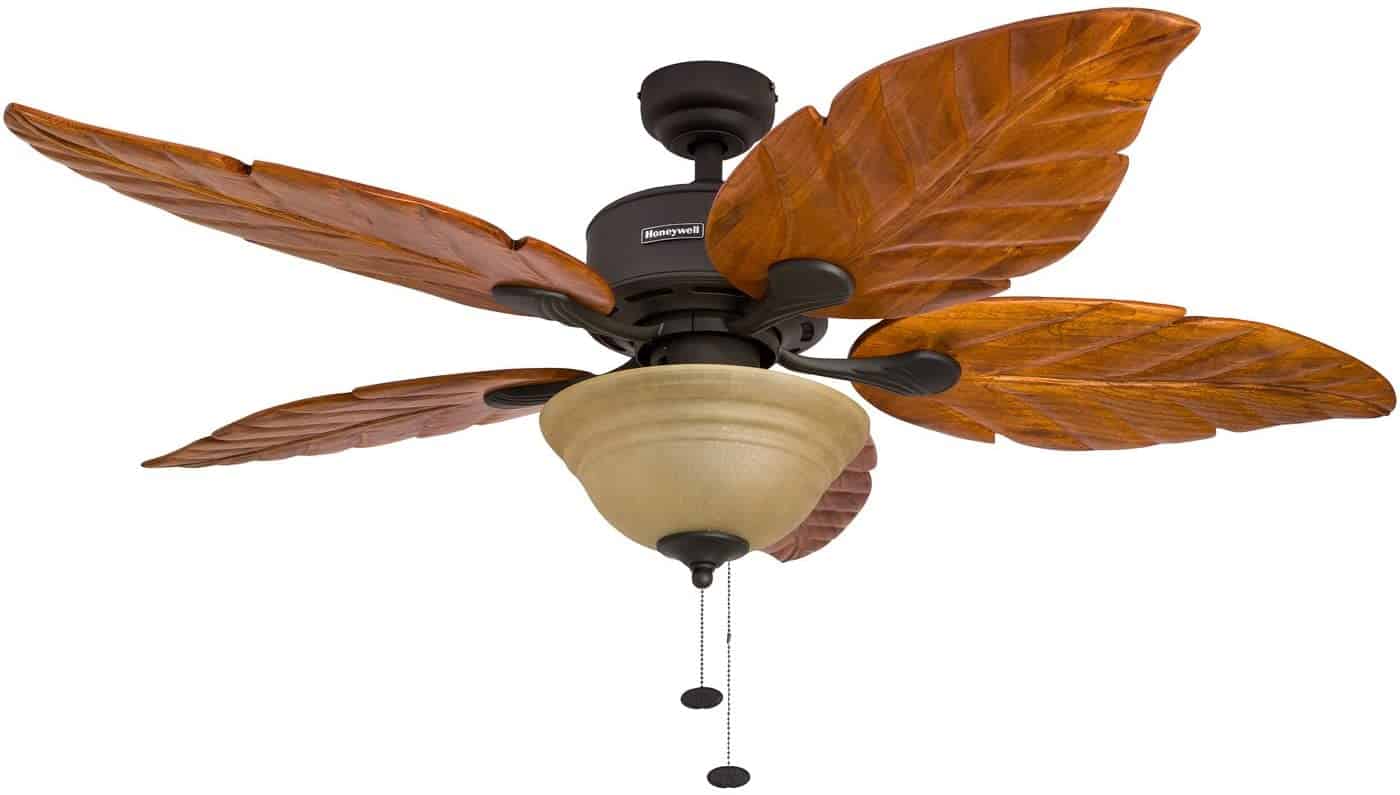
Ceiling fans add a certain aesthetic appeal. They can cool larger spaces and they’re much less obtrusive than a standing fan. There are even a lot of ceiling fans these days that have smart capabilities.
However, ceiling fans require installation, they can be expensive, and they’re semi-permanent. If you don’t like it or it doesn’t work the way you thought, you either have to replace it or remove it and patch the holes.
Table fans
These fans are small, so they’re great for small spaces. They take up less space, so you don’t need to dedicate a lot of counter space for them. They’re mobile, so you can use them on the desk, counter, or dresser, and move it easily as you go from room to room.
Pedestal fans

These fans are also called stand fans. They’re taller, but sometimes the height is adjustable. They come with additional features like oscillation and fan speed. These are great for bedrooms because they’re high-performance without being too noisy.
Window fans
These options are perfect for humid rooms. They help remove stale air and circulate fresh air. If you have a room where leaving a window open isn’t quite enough, place a window fan in the window for some drier air.
Wall mount fans

These fans are best for rooms with limited floor space or counter space. You can increase your airflow and save space in any room, but they look rather industrial, so they’re better for garages and workshops.
Tower fans
Tower fans are tall and skinny. They’re also perfect for small spaces because they take up minimal floor space. They are quiet but powerful, so they’re great for any room of the house. They also have additional features like oscillation and fan speed.
Box fans
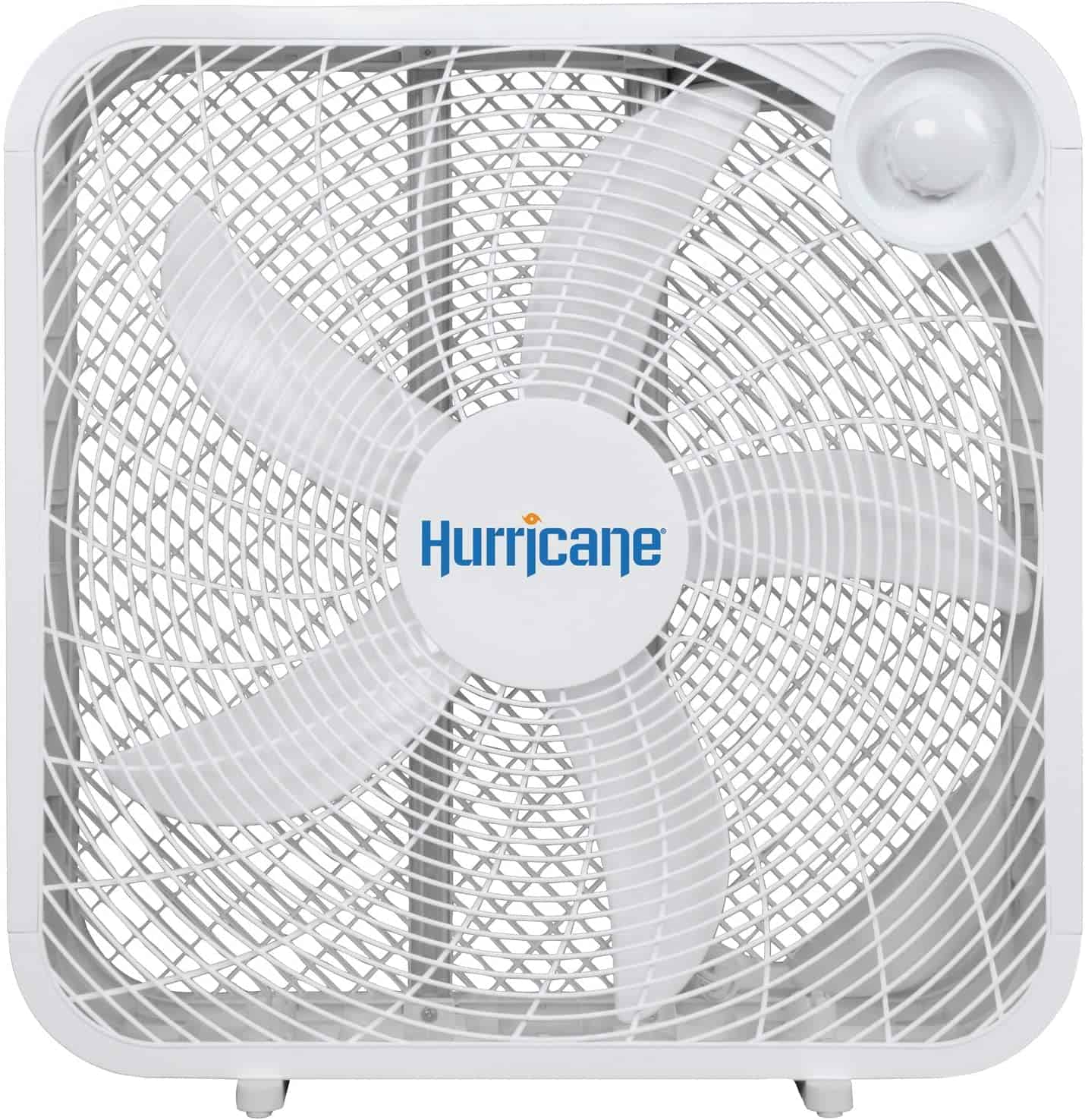
These versatile fans can go on the floor or in a window. They can recirculate fresh air, but they tend to be noisy, so they’re not ideal for the bedroom or any room where you might want to watch TV.
Misting fans
This type of fan also releases cool misty air as it blows. The mist evaporates, which creates a cooler breeze than just air alone. These are best for outdoor areas like patios, decks, and backyards.
Industrial fans
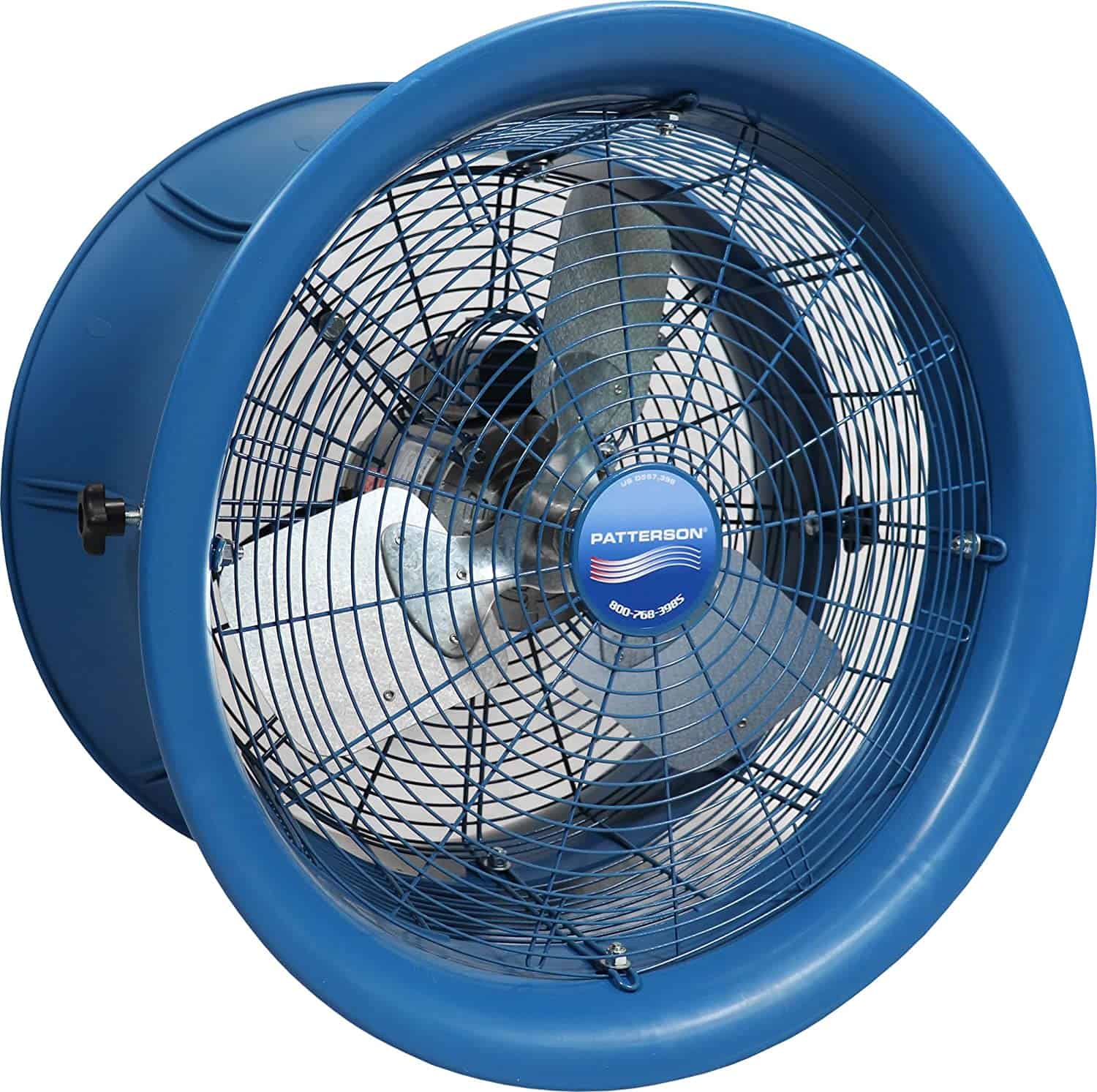
These sturdy and durable fans are made with higher-quality metal. They can be used for ventilation to prevent air stagnation. They’re best used for high-volume, high static pressure situations.
Bathroom exhaust fans
Exhaust fans have a very specific application. They’re intended to eliminate moisture and foul odors in the bathroom. If you need a fan in the bathroom, this is the type of fan you should get to prevent mold and smells.
FAQ
If you’re thinking about running a fan to save money, there are other factors to consider first. Before you decide, check out these frequently asked questions to learn more.
Question: How much does it cost to run a fan for a day?
Answer: A modern DC fan typically costs a penny or less per hour if you run it at its highest speed. If you turn it to medium or low, it will cost even less. That means that if you run your fan 24/7, it will only cost about $5 a month extra.
Question: Is it cheaper to run a fan or AC?
Answer: Air conditioning is much more expensive than a fan. It requires more power to cool the entire house. You can achieve the same effect for less money if you turn your air conditioning up as much as 4 degrees and turn on a ceiling fan.
Turning your air conditioning up will require it to run less, saving you money, and the $5 per month you spend on the fan is likely less than what you’ll be saving with less air conditioning.
Question: What uses the most electricity in the house?
Answer: Heating and cooling account for roughly 47% of all energy use in a home. That means your air conditioner is costing you more than anything else. By turning it up and replacing it with a fan, you could save a lot of money.
Question: How many hours can a fan run continuously?
Answer: Electric fans are the most reliable appliances you can buy, so there’s no harm in running them all the time if needed. These affordable tools offer a lot of cooling power, saving you money, and keeping your family safe.
Final Thoughts
As the temperature in the summer rises, so will your electricity costs. A fan is one of the best ways you can save a little money and still keep your house cool. You don’t have to replace your air conditioning altogether. You can use the fan and the air conditioning at the same time to achieve the same effect and still lower your usage.
Fans are great at moving hot air out of the room and recirculating cool air to keep the air from getting stagnant and make it feel cooler.
- How to Find the Best Wall Exhaust Fan - July 31, 2021
- How Much Electricity Does a Fan Use: How to Calculate It - July 24, 2021
- Best Slider Window Air Conditioner Options - July 21, 2021

